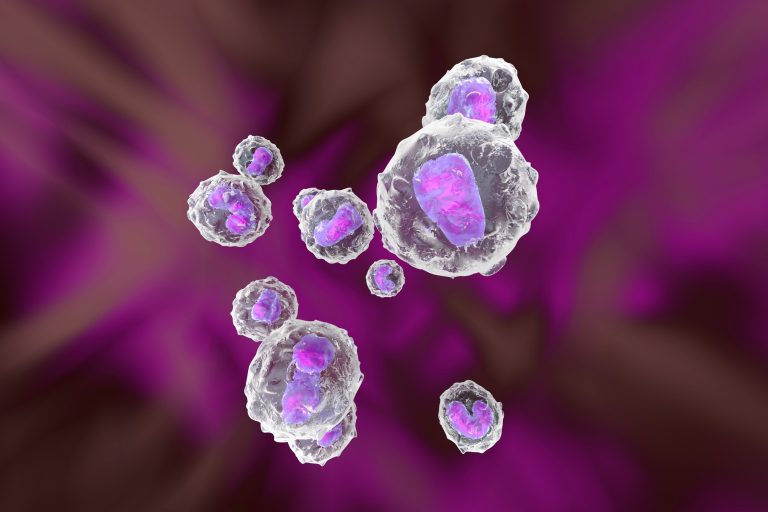
Researchers at the University of Bonn in Germany have discovered that a genetic disposition that plays a role in the development of the heart in the embryo, also plays a role in the human immune system.
Their findings, “CRELD1 modulates homeostasis of the immune system in mice and humans,” are published in the journal Nature Immunology.
“CRELD1 is a pivotal factor for heart development, the function of which is unknown in adult life. We here provide evidence that CRELD1 is an important gatekeeper of immune system homeostasis,” the researchers wrote.
The gene CRELD1 has been known to play an important role in the development of the heart in the embryo. CRELD1 remains active after birth, however, its function after birth has not been known.
The researchers combined transcriptome data from three different studies. “This provided us with information on the activity of the genetic material, including the CRELD1 gene, of a total of 4,500 test subjects,” explained Anna Aschenbrenner, PhD, from the LIMES Institute at the University of Bonn and member of the ImmunoSensation² Cluster of Excellence. “In addition, the data for these participants also included information on certain immunological parameters, such as the number of different immune cells in their blood.”
The 4,500 analyzed test subjects included some in whom the CRELD1 gene was significantly less active. They discovered that the blood of the donors contained very few T cells. Further experiments and observations with mice studies revealed the genetic loss of the CRELD1 gene was the reason behind the loss of T cells.
“Loss of Creld1 was associated with simultaneous overactivation and increased apoptosis, resulting in a net loss of T cells with age. Creld1 was transcriptionally and functionally linked to Wnt signaling. Collectively, gene expression variance in large human cohorts combined with murine genetic models, transcriptomics, and functional testing defines CRELD1 as an important modulator of immune homeostasis,” noted the researchers.
“We see similar changes in people with an ‘aged’ immune system,” Aschenbrenner stressed. Those affected are much more susceptible to infections, as currently discussed in the context of COVID-19, but possibly also to age-related diseases such as cancer or Alzheimer’s disease. It is known that the activity of numerous genes in the blood is altered in a characteristic way, which experts also refer to as an immunological aging signature. “We found precisely this signature among participants with low CRELD1 activity,” said Aschenbrenner.
The researchers are looking forward with the hope that CRELD1 will help them to understand the causes of immunological aging. “The long-term goal is to slow down or halt this process,” explained Aschenbrenner. “This could perhaps significantly reduce the risk of illness in seniors.”













